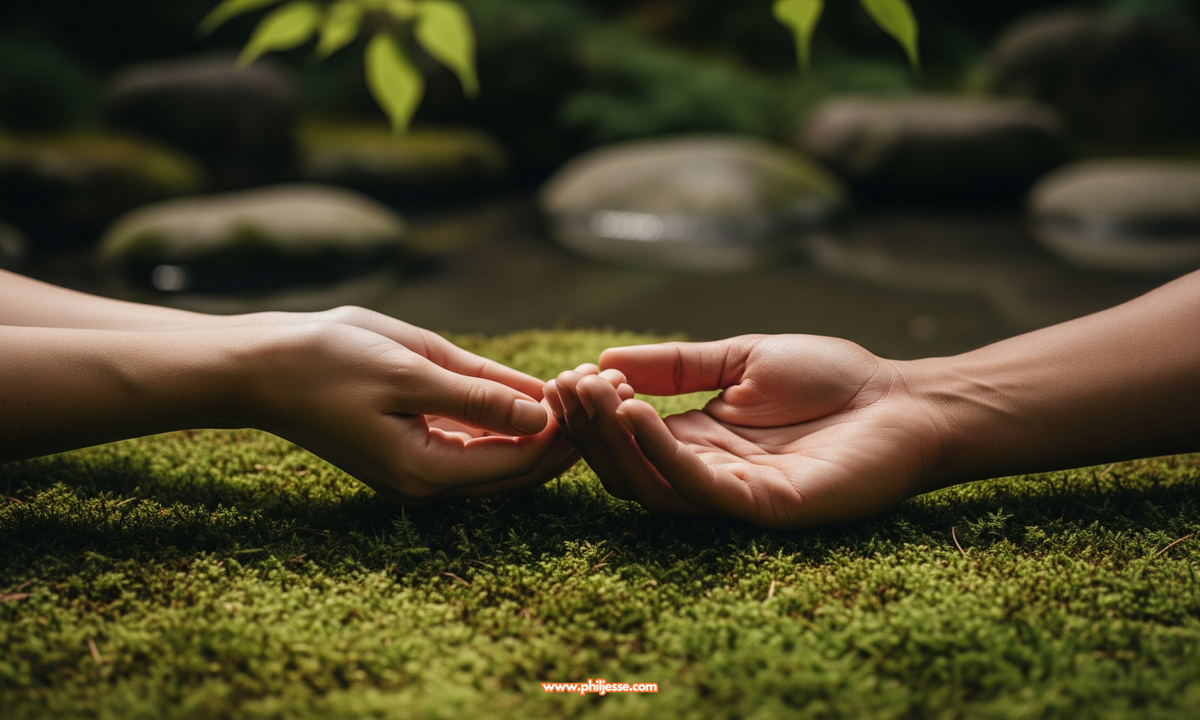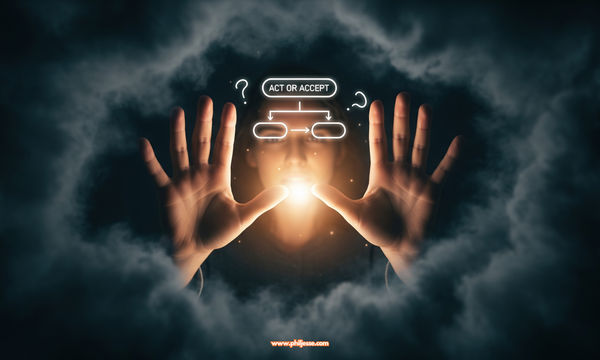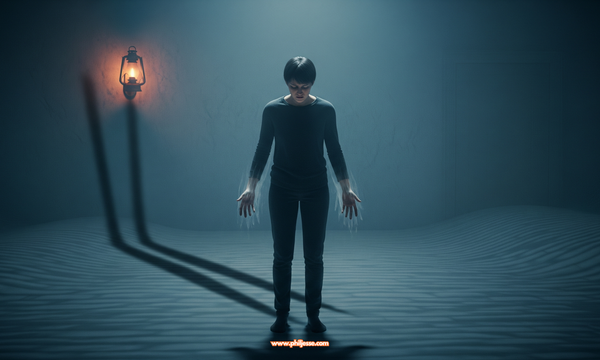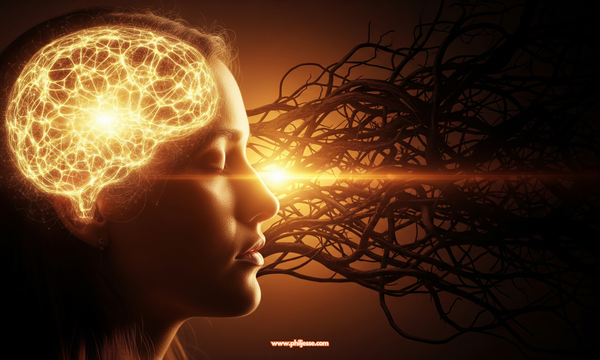The Power in Your Hands: Finding Stillness with the Ancient Art of Jin Shin Jyutsu
Feeling stressed? Discover Jin Shin Jyutsu, a simple Japanese art of self-healing. This guide explores the history, science, and practical ways to use gentle touch on your hands to release worry, calm anxiety, and find peace. Reconnect with your innate ability to heal.

How often do you feel it? That rising tide of overwhelm, the low hum of anxiety, the feeling of being pulled in a dozen different directions at once. In our hyper-connected world, moments of true quiet and inner calm can feel like a rare luxury. We search for relief, sometimes in complex solutions, when one of the most profound tools for finding our centre is, quite literally, already in our hands.
I know this landscape of anxiety intimately. On my own journey, navigating the complexities of delayed emotional processing (DEP) and the daily challenges of anxiety, I’ve learned that the most powerful tools are often the simplest. They are the practices that don't require equipment or appointments, but rather a moment of conscious connection with ourselves. These are the tools that help us in the moments we need them most.
That’s why I was so drawn to an ancient Japanese art called Jin Shin Jyutsu. You may have seen simple hand exercises circulating online, promising instant calm, and wondered if there was anything to them. The answer is a resounding yes. The millions of views these techniques garner speak to a collective yearning for natural, accessible ways to heal and find peace.
In a recent video, I created a guided practice to walk you through a simple, powerful Jin Shin Jyutsu hand method. That video is the "how." This article is the "why." It’s an exploration of the history, the principles, and the quiet science behind this beautiful art of self-healing. It’s an invitation to understand that you are not broken, you do not always need an external fix; you possess an innate capacity to harmonise your own energy and find stillness amidst the storm.





